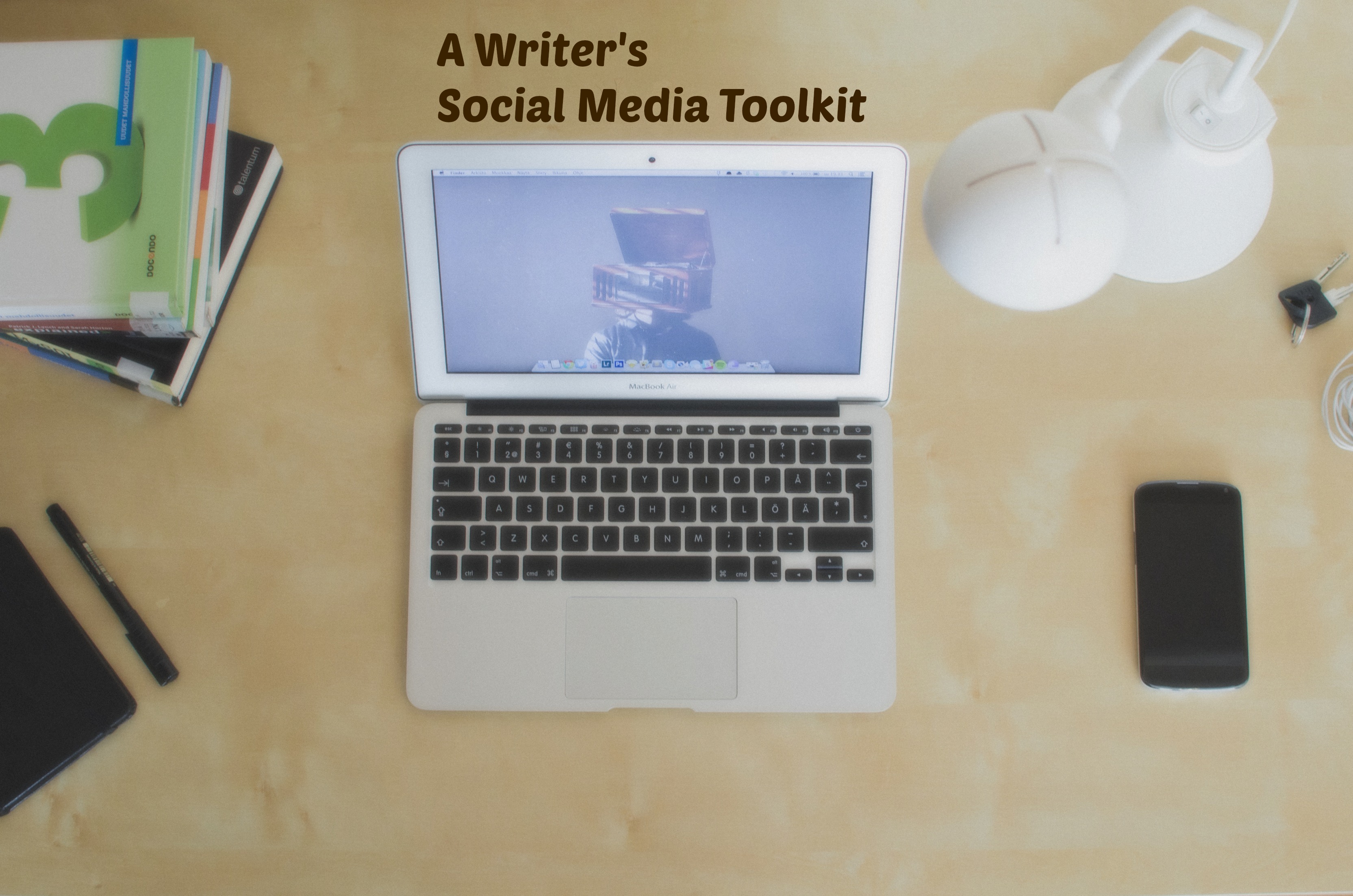Before the days of Amazon’s Kindle Direct Publishing platform and paperback distributors like Createspace, the way the self-publish your novel meant going to a small indie press, they would make a few dozen of your books and you would hand them out to friends, family, and maybe put an ad in the classifieds sections of newspapers.
Things have come a long way. Self-publishing has exploded in popularity due to easy access tools like Kindle Direct Publishing, Smashwords, and many more. The industry has gained notoreity due to smash hit self-publishing successes like Hugh Howey, Andy Weir, Brenna Aubrey, and E.L James.
Although there are many indie author success stories and self-publishing being tagged with the often touted benefit of having full creative freedom over your work, these were not major reasons as to why I chose self-publishing. Below are some of the reasons why I chose the self-publishing route.
I’m not about that publishing business mindset
When you go the traditionally published route, they whip your novel into shape, promote it, do some release day publicity and then…it’s a matter of being hopeful. Hopeful that readers will buy the book, connect with it, and recommend it to others. What happens if you don’t bring in a desired amount of money? You’re cut. It’s harsh but it something that happens in the traditional publishing industry a lot. I don’t see too much of a problem with it because at the end of the day publishing companies are still businesses. They need/want to hit a certain amount and if you don’t bring in the desired amount of money, you’re cut.
I’m in a tricky, emerging and not yet fully understood genre market
New Adult fiction. I’m sure you’ve heard of it. St. Martin’s Press coined the term in 2009. A genre sometimes labeled as “older YA”, focusing on characters, age 18-25 leaving home, navigating college and career and coming into adulthood. Self-publishing had been driving the genre into popularity. Despite the growing number of New Adult novels, traditional publishers as well as others still don’t know what to think of the genre. Stereotypes such as it being a genre for reckless behavior, lacking responsibilities and casual sex have circulated.
My novel doesn’t involve any of those things, it just focuses on a woman, recently graduated from college, trying to determine her next direction in life. It has themes of courage, hustle, tenacity, and creating one’s own legacy. Publishing companies probably wouldn’t understand my novel and where it would fit in the book market. I want to be the one to drive readers to my book and show them the struggles so many millennials face when coming into new found adulthood. I understand my brand and novel better than some publishing company would.
Money & Pricing
If I went the traditional publishing route, my book would probably sell for $9.99 for the e-book and $15.00 for the paperback. Even with a publishing company to back me and several marketing and promotional efforts, I still think not as many people would buy the book at these prices as opposed to the lower prices indie titles are at (usually $2.99 or $3.99)
I’m selling my book at a lower price to attract more readers and engage with more readers. Word of mouth and awareness for my novel is far more important than money.
You have a longer window of opportunity with self-publishing
With traditional publishing, they release your book, do a few book signings, interviews, and after a few weeks, or months, if you can’t bring in a certain amount of money, they pull it from book stores and minimize publicity and marketing. Many traditional published authors have talked about how a lot of the book marketing falls on them after releasing and they get little help from the publishing company.
With self-publishing you months and years on end to reach readers. Maroon 5’s beloved first album, Songs About Jane, was a slow burning success and took over two years to start getting recognition. While this isn’t a self publishing story, it is a good example of how sometimes it takes a while for things to catch on and have the so called “hitting it big”. Self-publishing allows a much longer period of exposure than traditionally publishing books.
***
Even with the list of reasons why I’m self-publishing, there are some not so sunny sides to it. Many like to romanticize self-publishing. There are things to note when going the indie route. For one, self-publishing (depending on the way you look at it) can get expensive. Developmental editing, copyediting, cover design, formatting, copyrights, and more can add up. Self-publishers spend an average of $2,300 for each book they release. You can spend a lot lower or a lot higher, regardless of the price, you will have to spend a pretty (but not soo pretty) penny to yield a quality book that people would want to buy.
Even though you’re self-publishing, some tradition publishing rules still apply: put together a media kit, figure out target audience, get a good editor, get a good cover design and make a welcoming author website.
Self-publishing has it’s advantages, disadvantages and is a lot of work but I’m embracing it. I can’t wait till I have that feeling of holding my own book in my hands and being able to connect with readers.






